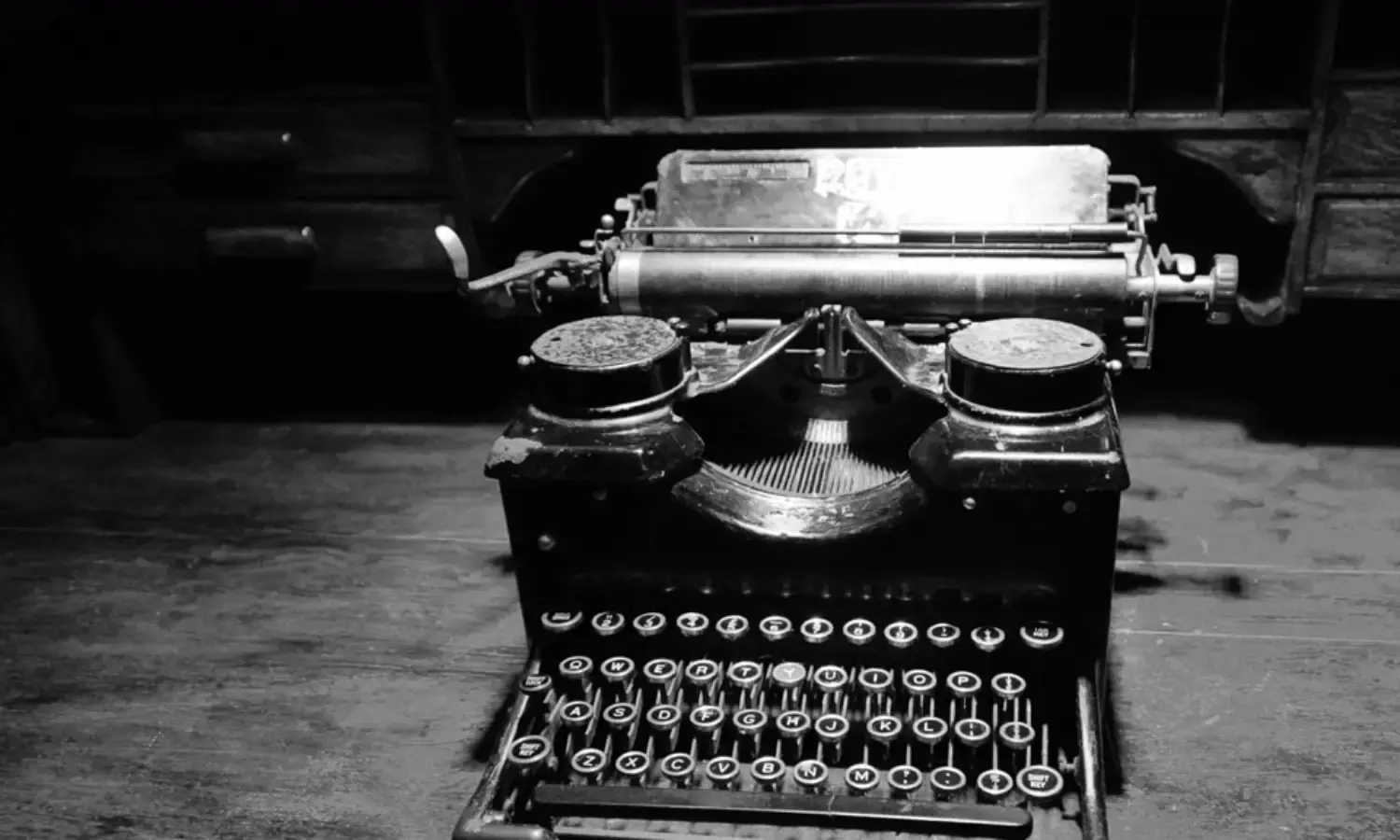Rahul Gandhi's 'Pliant' Is Not Kosher But What About BJP's Threats to 'Presstitutes, News Traders'
The present government has that majority of media houses dancing to its tune

Congress president Rahul Gandhi is rightly drawing flak for his ‘pliable journalist’ remark against the journalist who recently interviewed Prime Minister Narendra Modi. Such criticism is welcome when it comes from the press or competent observers. But here it’s the BJP leadership which has charged forward holding the flag of ethical journalism.
Given the mischievous, anti-democratic media practices initiated by this leadership - especially under Modi as chief minister of Gujarat and later as prime minister - there remains a lot to be said about the BJP’s own contribution to the withering of the fourth estate.
Without even referring to the daily circus on television screens, one must point out the terms used by the Sangh Parivar and its trolls to refer to the press. Journalists have been called presstitutes, presshya (echoing vaishya) and news traders. Years ago this reporter was witness to Pravin Togadia, former international general secretary of the Vishwa Hindu Parishad, inviting the media to the VHP office in Ahmedabad and calling English language journalists ‘bhoot prets’ (demons and ghosts).
The majority of media observers would agree that this terminology spread and became institutionalised with the advent of Narendra Modi at the top. The Congress had shown its colours during the Emergency and also later when it came to dealing with the media, but under the Modi regime one definitely encounters a new model.
This model draws its strength from Modi’s tenure as Gujarat chief minister from 2001 to 2012 - when every suitable act was peddled as the ‘Gujarat Model’ calling for its imitation across the country. Journalists who worked in Gujarat at the time recall how the culture of one-sided communication with the media was put in place.
A new practice was instituted: employees of the state government’s information department would deliver pre recorded statements made by Modi on developing national issues on video cassettes, to the offices of television channels for telecast. The ‘friendly’ channels immediately obliged.
It was during Modi’s tenure that the weekly practice of the chief minister’s interaction with the media in the state capital of Gandhinagar was done away with.
The facility of transporting reporters to Gandhinagar and back four days a week, so they could interact with officials, was also done away with. Instead, once a week, a state cabinet minister would brief reporters on relevant issues in various ministries and departments.
This weekly briefing by a cabinet minister too carried a major flaw. Some time back a former colleague who covered the Gujarat government for almost two decades confided in this reporter saying, “After one such briefing I contacted the minister in whose name they had issued a press release. I told him I needed more details on the matter it addressed. The minister told me he was not aware of any press note on the said subject issued in his name. He was caught totally unawares.”
And who can forget how conveniently Modi would walk away when any uncomfortable question was asked, in any one of his rare interactions with the media? He would simply meet the question with silence, or get up and ask everyone to join him for lunch or tea.
These ‘uncomfortable’ questions were always about the Gujarat massacre of 2002. Much before the famous interview with Karan Thapar, which Modi left midway, saying “Bas dosti bani rehni chahiye (Our friendship should continue)”, he had also walked out of an interview with the BBC on the eve of the first Vibrant Gujarat Global Investor Summit, which was a major attempt at an image makeover.
Once again the question was about the 2002 Gujarat riots.
Just a few months back it was Union Information and Broadcasting Minister Smriti Irani who triggered a row over a policy proposal to ‘punish’ journalists for ‘fake news’. This fiasco ended tamely, with PM Modi ordering a rollback after realising that the move would not go down well.
Immediately after, reports surfaced about the Press Information Bureau mulling the issuing of radio-frequency identification (RFID) cards to journalists. This would have helped track journalists’ movements, especially in government offices.
The idea never took off in the national capital - but a similar move had already been made in Gujarat, when an ancient version of RFID cards were issued to journalists after strenuous police verification. It was around 2005 that reporters covering the state secretariat were issued white cards that were to be punched at the entry of the 14 secretariat blocks, after which the barricades would open to let one in. The apprehension was that it wouldn’t be difficult to ascertain just where a journalist had moved around on a particular day.
As a result, even government officials were scared of sharing information, fearing that a journalist’s tracker trail would lead to them.
The manner in which the present government has got the majority of the media houses, particularly the well-funded ones, to dance to its tune in the last four years, has been reported off and on.
It can be argued that the previous regime too had its set of ‘friendly’ channels and broadsheets, and that this is nothing new. But control is so much more tightly exercised now, it definitely irks that the party in power should debate journalism and its ethics, with its own hands so soiled.



